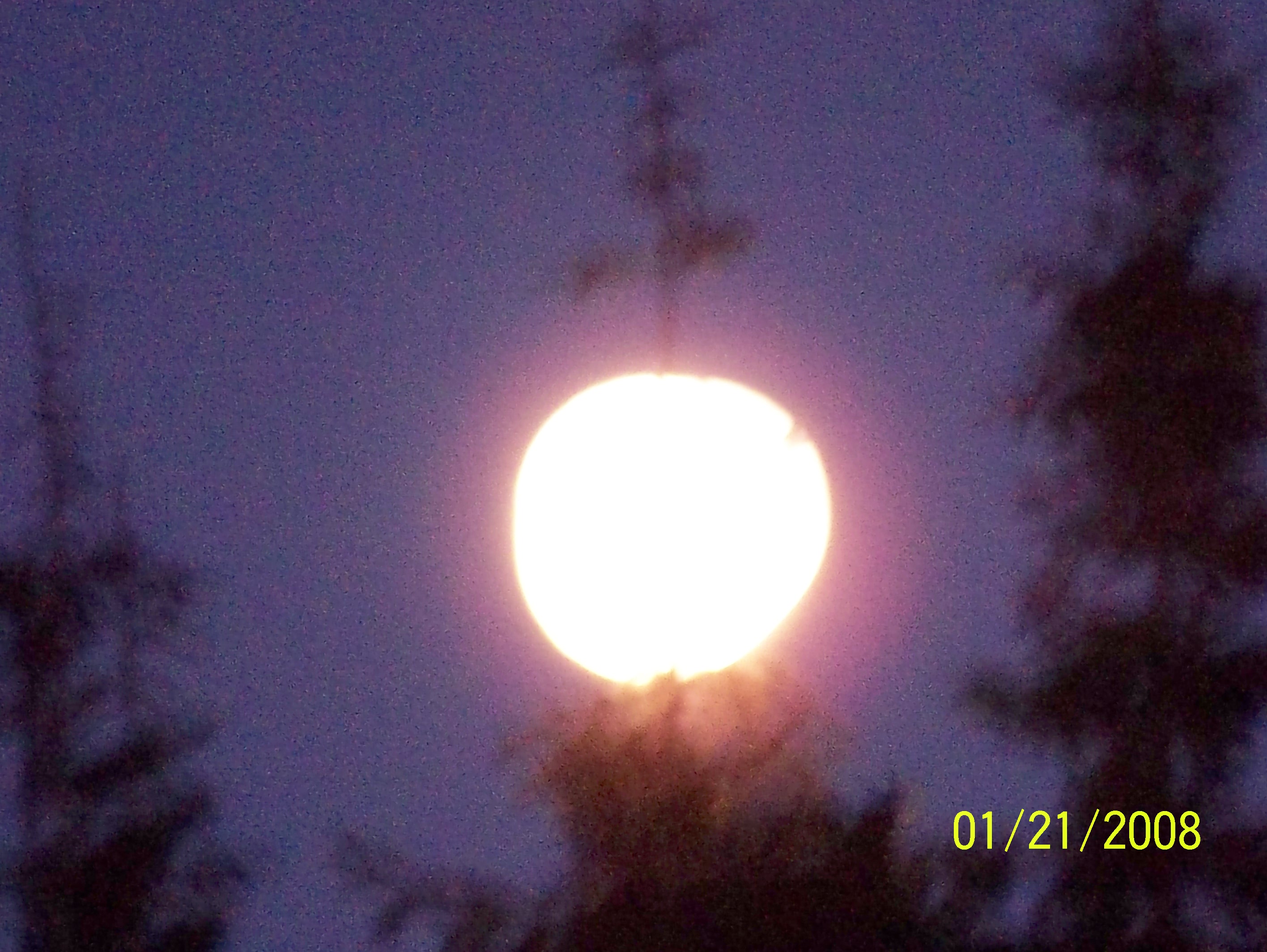Full Moon Names and Their Meanings
Many different cultures in history have looked to the moon and used it to govern much of their daily and seasonal lifecycle. The Hebrew Bible Calander is one based on the moon cycle as well. This article is about the names given the full moon.
Full Moon names date back to Native Americans, Many tribes kept track of the seasons by giving distinctive names to each recurring full Moon. Their names were applied to the entire month in which each occurred.
There are some variation in the moon names, from different tribes but in general, the same ones were current throughout the United States and Canada. Settlers to the new world from Europe followed that custom and created some of their own names. Because the lunar month is only 29 days long on the average, the full moon dates shift from year to year.
The month of January is known as the Wolf Moon – Amid the cold and deep snows of midwinter, the wolf packs howled hungrily outside Indian villages. Sometimes it was also referred to as the Old Moon, Some called it the Full Snow Moon, but most tribes applied that name to the next Moon.
February is called The Snow Moon when the heaviest snow usually falls during winter months. Some tribes also referred to this Moon as the Full Hunger Moon, when it was hard to go out and hunt for game, and stored supplies might begin to dwindle, the harsh weather conditions in their areas made hunting very difficult. At times some tribes would kill their dogs to eat or boil cured leather.
The month of March is called the Worm Moon as the temperature begins to warm and the ground begins to thaw, earthworm casts appear, heralding in the return of the robins. It was also called the Moon of Crows by many Northern tribes , when the cawing of crows signaled the end of winter.
Pacific Northwestern tribes called it the Crust Moon, because the snow cover becomes crusted from thawing by day and freezing at night. Eastern tribes like the Iroquois, Fox, Algonquian and others named it the Sap Moon, marking the time of tapping maple trees,for the sweet maple syrup. While new pioneer settlers, called it the Lenten Moon, as it was considered to be the last full moon of winter.
April was known according to various tribes across America as the Pink Moon. This name came from the herb moss pink, or wild ground phlox, which is one of the earliest widespread flowers of the spring. Other names for this month’s celestial body include the name of Sprouting Grass Moon, the Egg Moon, and among coastal tribes the Fish Moon, because this was the time that the shad swam upstream to spawn.
May was known as the Flower Moon due to the fact that in most areas, flowers are abundant everywhere during this time. But some tribes called it The Corn Planting Moon, many tribes would plant corn, beans, and squash, store and eat when ripe for the winter months Some tribes called it the Milk Moon because the moon appeared more white and milky .
The Month of June many tribes called it the Strawberry Moon This name was universal to every nearly every Eastern tribe of the United Stats and Eastern Canada. Because the relatively short season for harvesting strawberries comes each year during the month of June. However European settlers called it the Rose Moon and so did many Pacific Northwestern tribes and Northern tribes. When the wild roses bloomed. A time when it was warmer and all was well, bellies were full
July was called the Buck Moon a month which is normally when the new antlers of buck deer push out of their foreheads in coatings of velvety fur. It was also often called theThunder Moon, for the reason that thunderstorms are most frequent during this time. Another name for this month’s moon was the Full Hay Moon called such mostly by pioneer settlers across America when they cut the grasses across the meadows and plains for feeding livestock in winter months.
The month of August was called the Sturgeon Moon by fishing tribes of the Pacific Northwest, and along the Atlantic sea coast as well and near the Great Lakes , since sturgeon, a large fish of major bodies of water, were most readily caught during this month. A few tribes knew it as the Red Moon because, as the moon rose, it appeared reddish through any sultry haze. It was also called the Green Corn Moon or Grain Moon. When the corn and grains were finally ripe for harvest.
September was called Harvest Moon – this full moon’s name is attributed to Native Americans because it marked when crops were supposed to be harvested. Most often, the September full moon is actually the Harvest Moon, which is the full Moon that occurs closest to the autumn equinox. However in two years out of three, the Harvest Moon comes in September, but in some years it occurs in October. Because there are actually 13 months every third year and this also occurs in the Hebrew biblical calendar.
At the peak of harvest, farmers can work late into the night by the light of this moon. Usually the full moon rises an average of 50 minutes later each night, but for the few nights around the Harvest Moon, the Moon seems to rise at nearly the same time each night: just 25 to 30 minutes later across the U.S., and only 10 to 20 minutes later for much of Canada and Europe. Corn, pumpkins, squash, beans, and wild rice the chief Native American, as well as apples, late berries, and other fruit staples are now ready for gathering.
As a result of the 13th moon every third year October may bring the Hunter’s Moon two of three years and or the Harvest Moon the third year – other names for this months moon are the Blood Moon, or Sanguine Moon.
Many moons ago, Native Americans named this bright moon for obvious reasons. The leaves are falling from trees, the deer are fattened, and it’s time to begin storing up meat for the long winter ahead. The fields were traditionally reaped in late September or early October, hunters could easily see fox and other animals that come out to glean from the fallen grains. Probably because of the threat of winter looming close, the Hunter’s Moon is generally accorded with special honor, historically serving as an important feast day in both Western Europe and among many Native American tribes.
November is known as the Beaver Moon called such by Native American tribes and trappers. This was the time to set beaver traps before the swamps froze, to ensure a supply of warm winter furs. Also usually a time when beaver are actively preparing for winter. It is sometimes also referred to as the Frosty Moon when one sees their breath on the cooler air and hoar frosts permeate the ground.
December is known as the Full Cold Moon or for some tribes the Long Nights Moon. During this month the winter cold fastens its grip, and nights are at their longest and darkest. European settlers however called it the Yuletide Moon brought over from ancient pagan ritual customs and celebrations now known as the Christmas Celebration Season. The term Long Night Moon is a doubly appropriate name because the midwinter night is indeed long, and because the Moon is above the horizon for a long time. The midwinter full Moon has a high trajectory across the sky because it is opposite a low Sun.
Many Astrologers also follow the moon phase and the sun signs attributed to each month also follow the moon cycle and because of moon cycles changing in the fall every 3rd year over lap. Most Astrological chart birth signs start around the 19th-21st of each month. And also follow the moon phase and that will be another post.







Leave a Reply